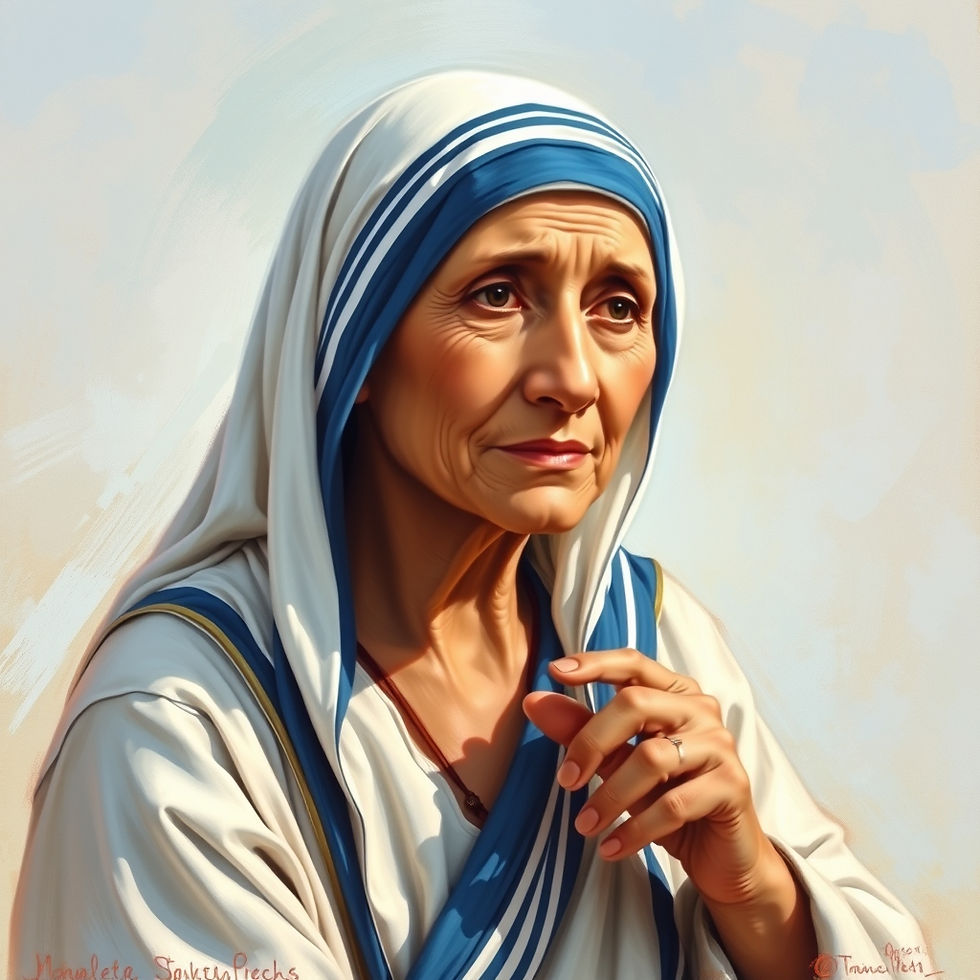Attached to the Community? It's On Us
- drjunedarling1
- Oct 4, 2022
- 4 min read
“I am of the opinion that my life belongs to the whole community and as long as I live, it is my privilege to do for it whatever I can. I want to be thoroughly used up when I die, for the harder I work the more I live.” George Bernard Shaw, Irish playwright
After experiencing the tragic death of one of our community members last Friday, how deeply healing it felt to come together at our little burg’s museum and pioneer village to celebrate an annual event (which used to be called Apple Days, but now Harvest Day) this Saturday.
The fabulous mariachi band and dancers, the school jazz ensemble, youth circus. Tacos and pizza to eat. Root beer to drink in the old saloon. People of all ages and ethnicities rubbing shoulders, smiling, celebrating, bonding, - secreting dopamine, serotonin, oxytocin, endorphins, the feel-good chemicals.
And... I almost let it slip by. I probably would not have gone except that three of our grandchildren were here and a couple of our friends are involved with the museum.
Community well-being is significantly linked to personal well-being. This year, Gallup (Jon Clifton, CEO) released, Blindspot: The Global Rise of Unhappiness and How Leaders Missed It. According to Gallup the five elements of well-being are work, finance, physical, social AND community.
Living in a great community is fundamental to a great life. But, according to Gallup, over 1 billion people are dissatisfied with their community. Broken communities are not just about violence, but also about the “sense of community.” Flourishing communities are built on trust, people coming together, celebrating together, helping each other.
Widespread community detachment substantially contributes to negative emotions. Sadly, the great communities are getting better and the broken communities are getting worse.
Just as we can be attached to (or detached from) our families, we can be attached to (or detached from) our community. And it’s often based on what we bring to the table.
Broken communities are largely built on fear. Safety is where we need to go first to boost our community well-being. Safety, however, is often a matter of perception. How people feel.
World leaders evidently are beginning to understand how important feeling safe is to a person’s well-being. The UN’s sustainable Development Goals now include “promote peaceful and inclusive societies.”
Researchers who are trying to measure safety also look at trust. What do strangers do when they find a wallet? That’s a common test.
As I was talking to one of the people who worked at Harvest Days she smiled with embarrassment and possibly pride as she recounted that a hundred-dollar bill absent-mindedly was left on a table for what was probably a rather lengthy period of time. Good on the community.
Help is another big indicator of a thriving community - helpfulness. Gallup asked three questions – “In the past month have you donated money to a charity, have you volunteered to help in an organization, have you helped a stranger or someone you didn’t know who needed help?”
The research is quite clear that when we help others, we help ourselves personally and communally. Donating money gives us more of an emotional boost than receiving money. Volunteering and helping strangers also gives us a similar boost. The helper’s high substantiates that helpers can get a greater rise in well-being than the people they are helping.
I think I saw this with our family. John and our grandchildren were delighted to be volunteers at Harvest Day. One stamped people as they came in, two helped with panning for gold. John enjoyed helping move equipment here or there.
I received a notice today that weekly community meals are back. Being part of a thriving, welcoming, helping, trusting community gives us all hope and makes us all feel good. It requires that we all step up to the plate.
On the Friday night after the murder in our little burg, John and I drove to where it happened. I was ashamed that at first the gravity and the tragedy didn’t really strike me. As I looked at my reactions, I was rather dismissive.
The people were not people I knew. They weren’t of my ethnicity. I noticed stories I was making up in my head about what probably happened and why.
Fortunately, John brought me back to my senses. "This feels like a turning point," he said. We bought a candle and rose and laid it in a little make-shift memorial where the young man was shot.
At Harvest Day, I noticed an opportunity to sit among strangers who spoke a different language. We smiled, exchanged words we knew. At the end as I was leaving, one of the young people said, “It was so nice to meet you.” The others nodded. I assured them, the feeling was mutual.
We have heard about the importance of a certain amount of money, of close relationships, of taking care of our health, and engaging work. We need to get the word out about how community affects our well-being too.
Building a great community, I realized, is something that requires my participation …and is a privilege and opportunity to get those pleasant chemicals flowing. Many of our communities, like mine, may be at a turning point.
As I write this, I look up to kiss my husband good-bye. He's rushing out the door to go give blood, get the tasty little sandwiches and cookies, and kick-it-up with the other helpers and donors...I'm watching, reading, learning, participating a bit...getting a sense (after all these years) of how getting deeply attached to a community works. It's on us.
How might we journey toward the good life together by building thriving communities?



Comments